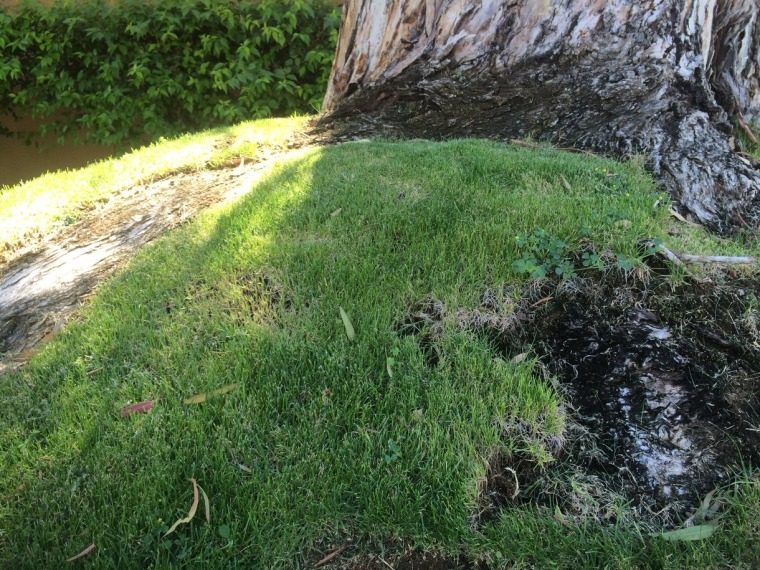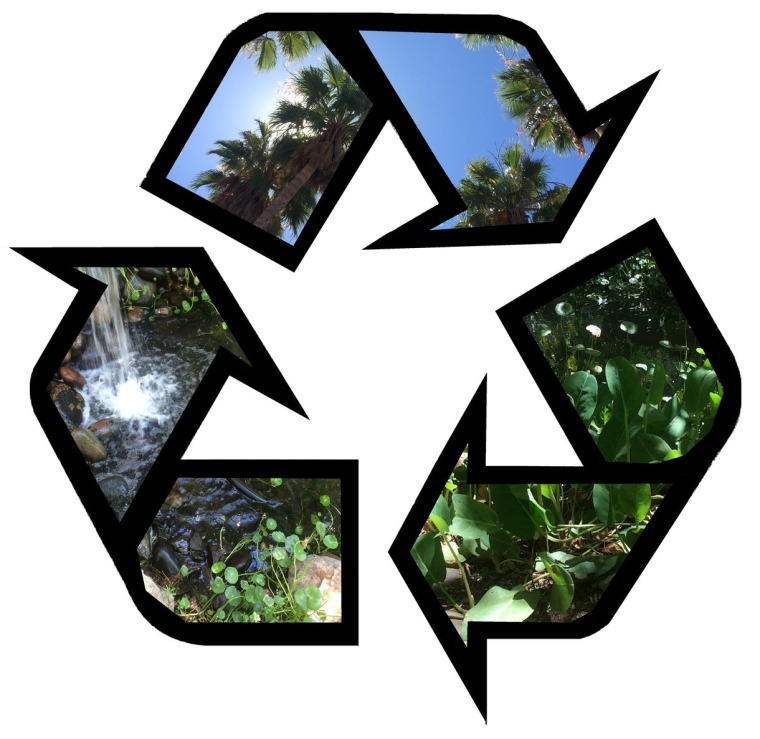Plants and Research
Dr. Mike Barker is an Assistant Professor in the University of Arizona’s Ecology and Evolutionary Biology department (EEB), and a member of the Research Computing Governance Committee (RCGC). Dr. Barker studies plant genomes from different sorts of plants such as the brassicas, which include cabbage, brussel sprouts, cauliflower, and more.
His work is mostly computational, spending 20% of his time collecting data and writing, then using the other 80% of the time for analyzing data on computers.
When Dr. Barker was young and in love with nature he set out for a journey to discover the world of plants and how different conditions bring different outcomes. His journey still continues, light has not been seen at the end of the tunnel yet, and Dr. Barker knows this. He knows that much work needs to be done, but that does not bother him one bit, because he loves what he does.
Like any journey though it cannot be done alone. Dr. Barker mentors students in Bioinformatics--which has now become a new expanding major.
The Questions of Nature

Dr. Barker studies how hybridization and genome duplication or polyploidy “influences the way that plant genomes have evolved over time, changes in structure and content of these genomes, (and) how that is related to their ecological, taxonomic, and biological diversity”.
Polyploidy is where organisms contain more than two copies of their chromosomes. The basic set of chromosomes is the monoploid or the diploid. Human cells are diploid because they contain two sets of chromosomes that come from each parent (the sperm and the oocyte). “The polyploid types are termed triploid (3x), tetraploid (4x). pentaploid (5x), and so on…polyploidy occurs in animals but is especially common in flowering plants” *.
An interesting fact about polyploidy is that “triploids are always sterile since one third of the chromosomes cannot pair. This trait has been exploited commercially in both animals and plants. The popular seedless watermelons are triploids”* .
“Polyploidy is a huge factor in biodiversity… we can go outside and see one out of three species, so 100 to 1000 species of flowering plants are recently formed by polyploidy. There is a lot of interesting diversity in the Tucson region. If you go to the top if the (Gould-Simpson building at the U of A), you could look up to the Mount Lemmon and see one hybrid zone, then towards gates pass and see another hybrid zone, and so there is a lot of natural diversity to explore with our genomic data sets”, describes Dr. Barker.
Saving resources

Although Dr. Barker’s work is mainly at the computational level instead of the applied level, his work has helped the community in different ways.
Dr. Barker’s colleagues have used some of his data to grow winter lettuce using 40% less water than they did before.
“Out in Yuma they grow lots of winter lettuce, and plant it in August. In August it is too warm for lettuce to germinate. They use water to cool the fields, like evaporated cooling. This cooling allows for the lettuce to germinate”. In order to use less water they found a way using the gene allele from lactuca saligna—which can germinate in high temperatures, and they crossed that over to the lettuce. Now this lettuce that needed water to cool, can now germinate at higher temperatures, and use less water.
Teaching others
Since Dr. Barkers research is mainly computational, “the computational resources here at the University of Arizona is what made [him] decide to work here, and the level of organization structure to those computing resources is what [he] know[s] distinguishes it”.
His lab uses the HPC resources of the University of Arizona to do analysis using shell scripting, perl scripting, and more. They use evopipes.net to host a number of their scripts for other people to upload there data and analyze.
Not only does Dr. Barker use computers for his research, he also teaches others how to use them.
Dr. Barker mainly teaches at the graduate level, but he also teaches an undergraduate Bioinformatics course called ECOL 346, which is part of the new Bio informatics major created by Barker and other EEB faculty members.
His courses are so interlocked with his lab that students get to use his data and analyze it before he has analyzed it. For Barker class is like another day in the lab, because his work gets translated into his courses.
“Students get data from projects we have been generating…I let the students get a first crack at assembling genomes which I have not had a chance to assemble yet”.
RCGC
Dr. Barker’s research has contributed to the environment, community, and the U of A. As a member of RCGC he has also contributed to the U of A research community, helping and others to also use computing resources, to grow and develop their research projects.
Works Cited
* "Polyploidy." Academic Encyclopedia. Academic , 15 May 2005. Web. 5 Dec. 2014.
